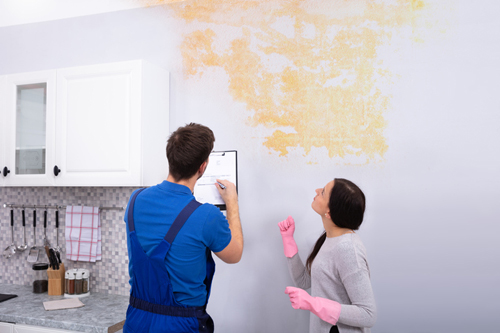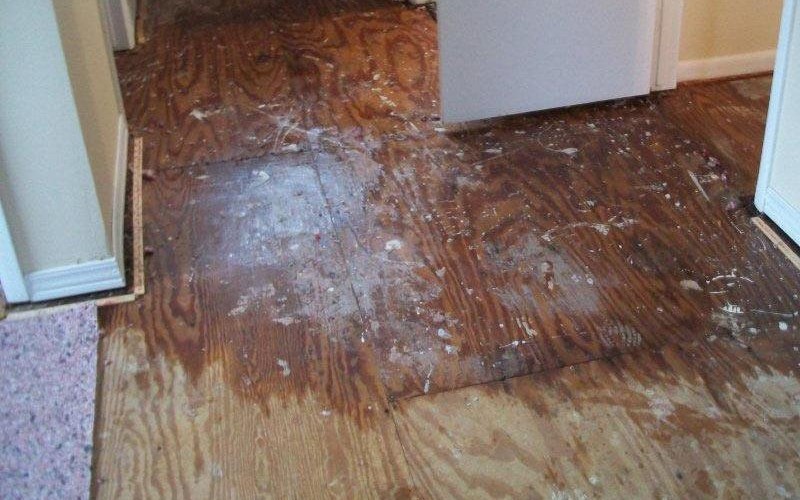Do's & Don'ts of Water Restoration.
Do's & Don'ts of Water Restoration.
Blog Article
Here below you will discover a good deal of good answers about Preventing Fires and Water Damage In Your Home.

Though water gives life, water intrusion on components where it's not supposed to be can result in damages. It can peel away surface areas as well as deteriorate the structure if the water saturates right into your framework. Mold and mildew additionally grow in a wet environment, which can be unsafe for your health. Homes with water damage scent old and also stuffy.
Water can come from lots of resources such as tropical cyclones, floods, ruptured pipelines, leaks, and sewage system concerns. In case you experience water damages, it would certainly be great to recognize some security preventative measures. Here are a few standards on just how to handle water damage.
Do Prioritize Home Insurance Coverage Insurance Coverage
Water damage from flood because of hefty winds is seasonal. Nevertheless, you can also experience an unexpected flood when a malfunctioning pipeline unexpectedly breaks right into your house. It would certainly be best to have house insurance that covers both disasters such as all-natural disasters, and emergency situations like broken plumbing.
Don't Neglect to Shut Off Utilities
In case of a catastrophe, especially if you stay in a flood-prone area, it would certainly be recommended to turn off the primary electrical circuit. This removes power to your whole home, preventing electrical shocks when water can be found in as it is a conductor. Do not forget to turn off the primary water line shutoff. Furnishings will certainly move around and also create damages when floodwaters are high. Having the major shutoff shut down prevents additional damages.
Do Stay Proactive and also Heed Climate Signals
Tornado floodings can be extremely unpredictable. Remain ready and also aggressive if there is a history of flooding in your community. If you live near a river, lake, or creek , pay attention to evacuation warnings. Secure belongings from the very beginning and basement, then put them on the greatest feasible level. Doing so minimizes possible building damage.
Don't Disregard the Roof
You can avoid rain damages if there are no openings and leakages in your roofing system. This will protect against water from streaming down your wall surfaces and saturating your ceiling.
Do Focus On Small Leaks
A ruptured pipeline doesn't happen overnight. You may notice bubbling paint, peeling wallpaper, water streaks, water stains, or trickling audios behind the wall surfaces. Have your plumbing fixed before it results in enormous damage.
Do Not Panic in Case of a Ruptured Pipeline
Maintaining your presence of mind is vital in a time of situation. Worrying will only compound the problem due to the fact that it will certainly suppress you from acting fast. Timing is crucial when it comes to water damage. The longer you wait, the even more damage you can expect. Hence, if a pipe bursts in your home, quickly turned off your main water valve to cut off the resource. Disconnect all electrical outlets in the area or turn off the circuit breaker for that component of the residence. Finally, call a trustworthy water damage repair expert for help.
Water offers life, water breach on components where it's not supposed to be can result in damages. Houses with water damage scent moldy and old.
Water damages from flooding dues to hefty winds is seasonal. You might notice gurgling paint, peeling off wallpaper, water touches, water stains, or leaking audios behind the walls. When it comes to water damage, timing is crucial.
Some Do's & Don't When Dealing with a Water Damage
DO:
Make sure the water source has been eliminated. Contact a plumber if needed. Turn off circuit breakers supplying electricity to wet areas and unplug any electronics that are on wet carpet or surfaces Remove small furniture items Remove as much excess water as possible by mopping or blotting; Use WHITE towels to blot wet carpeting Wipe water from wooden furniture after removing anything on it Remove and prop up wet upholstery cushions for even drying (check for any bleeding) Pin up curtains or furniture skirts if needed Place aluminum foil, saucers or wood blocks between furniture legs and wet carpet Turn on air conditioning for maximum drying in winter and open windows in the summer Open any drawers and cabinets affected for complete drying but do not force them open Remove any valuable art objects or paintings to a safe, dry place Open any suitcases or luggage that may have been affected to dry, preferably in sunlight Hang any fur or leather goods to dry at room temperature Punch small holes in sagging ceilings to relieve trapped water (don't forget to place pans beneath!); however, if the ceiling is sagging extremely low, stay out of the room and we'll take care of it DO NOT:
Leave wet fabrics in place; dry them as soon as possible Leave books, magazines or any other colored items on wet carpets or floor Use your household vacuum to remove water Use TV's or other electronics/appliances while standing on wet carpets or floors; especially not on wet concrete floors Turn on ceiling fixtures if the ceiling is wet Turn your heat up, unless instructed otherwise

I hope you liked our post on 5 Home Safety Tips To Reduce The Risk Of Fire And Water Damage. Thanks for taking time to browse our article post. Do you know about someone else who is serious about the topic? Why not promote it. We enjoy reading our article about Simple Solutions To Preventing Fire And Water Damage To Your Home.
Report this page